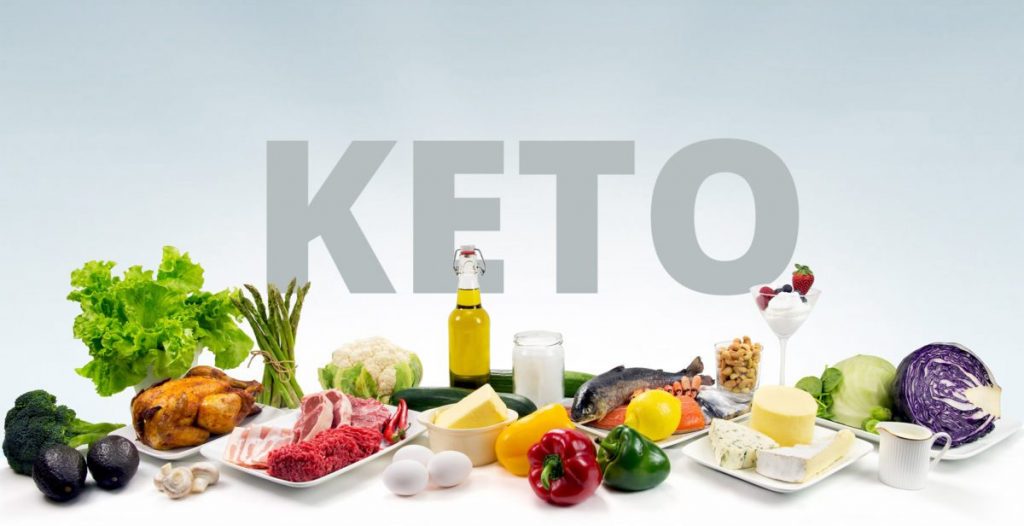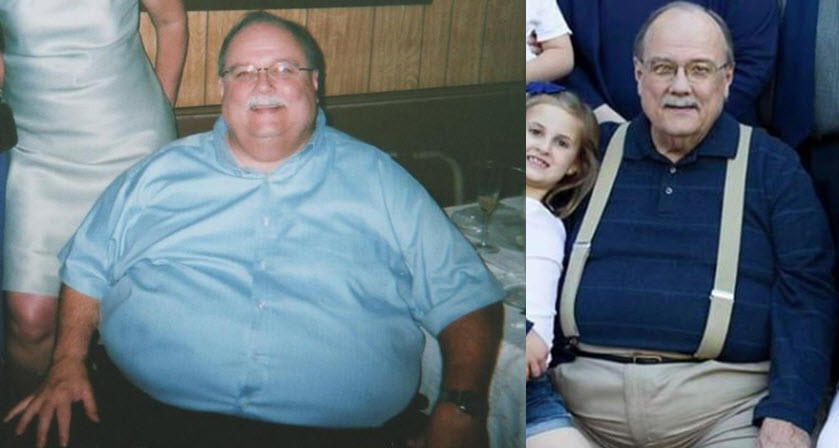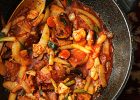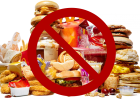
Rosie and I and two of our boys lived for several years in an economically “landlocked” part of the Ozark Mountains of Missouri. In fact, we lived for a couple of those years right smack inside the Mark Twain National Forest, in a little town called Bunker (population 450 at that time).
Living in the Ozarks was, in many ways, like living in another world – very different from what we had ever been used to. In Bunker, all the men had pickup trucks. That’s not necessarily unusual for a rural area. But they didn’t run their trucks on gasoline or diesel. They had converted their pickup trucks to run on an entirely different fuel – propane! Many of the homes in the area were heated very simply with wood stoves and fireplaces. But nearly always, propane was used as a backup. And on the farms in the area, everyone had a huge propane tank, from which they filled their trucks and, sometimes, farm equipment. We had never encountered this and found it very interesting.
Why did they run their trucks on propane? Vehicles that are run on propane tend to get great mileage, cost less to run, have longer engine life, require fewer repairs, and pollute less.
The human body also needs fuel to run, and from time immemorial, the fuel of choice has been carbohydrates. The term used for how quickly and efficiently the body “burns fuel” is metabolism. Everybody knows somebody who can eat and eat and eat (practically anything) and never gain any weight. This usually indicates a high metabolism in that person. Others of us seem to put on pounds just by catching the aroma of chicken frying or bread baking. Nutritionists warn against simple carbohydrates, like sugar, white bread, and candy, for example, and suggest instead choosing complex carbohydrates like pasta.
But for those of us without high metabolism, there is little difference. Both turn into sugar through the digestive process and end up as stored fat in our bodies. For some of us, like me, this has been a lifelong problem. We’ve been told we have to eat carbs for fuel. We love carb-based food, often to the point of addiction. But overeating carbs results in weight gain and stored fat that is often difficult to get rid of. Diets, for the most part, seem to be only temporary solutions, because we don’t seem to be able to sustain them indefinitely. We do great for a while, and then, eventually, “fall off the wagon.”
But what if there were a way to move our bodies off
carbohydrates to a different fuel?
Maybe even one that could use the stored fat in our bodies as fuel?
Would we lose weight on a diet like that? Could we sustain that kind of an
eating style?
Those are the questions that led nutritional scientists and medical professionals to begin testing a style of eating called “ketogenic” eating, or “keto” for short. A keto style of eating nearly eliminates carbohydrates while maximizing intake of healthy fats and a moderate amount of proteins.
In a previous post, I explained how adopting a ketogenic style of eating very likely saved my life. I had lost a few pounds after achieving a pinnacle weight of 335 pounds scared me to death! And now I was gaining again. I felt certain that if I didn’t change my way of eating immediately (and permanently), I would not last much longer. I had severe Type 2 Diabetes, high blood pressure, and an assortment of health maladies all likely related, in one way or another, to my obesity. Seeing the success of other family members using the Keto style of eating, I decided to begin immediately to adopt that eating style. The picture below illustrates the difference between my body at 335 pounds in 2011 and my body at 233 pounds now in 2019. I still have a long way to go to get to my desired weight, but I think you’ll agree I look (and I definitely feel) a lot better.

At 335 pounds, I was carrying not only my own weight, but the combined weight of all my Nashville grandchildren around with me everyplace I went. I am 102 pounds lighter now, which certainly helps.
As I mentioned in my previous post, ketogenic eating has:
- Helped me lose weight much faster than anything else I’ve tried
- Normalized my blood sugar – I no longer take medicine for it
- Normalized my blood pressure – I no longer take medicine for it
- Normalized my lipid profile – perfect cholesterol and triglycerides
- Improved my cognitive function – no more brain fog
- Improved my energy and creativity
- Brought my total weight loss to over 100 pounds
- Helped me make better, healthier food choices
- Lifted my spirits and my mood overall
- Helped me feel better about my body and myself
- Brought my appetite and eating under control
- Lifted a burden of worry off of my shoulders
- Introduced me to a new way of cooking and preparing food
- Done all these things for other members of my family as well
So, WHAT THE HECK IS KETO?
Simply stated, ketogenic eating is a style of eating calculated to “fool your body” into burning stored fat for energy instead of burning carbohydrates.
HOW IS THAT POSSIBLE?
Our bodies are “calibrated” to run on blood sugar, obtained through consuming carbohydrates. When they can’t find enough carbs to fuel our activities, they look for excess protein, and if they can’t find that, they look for “ketones.” Ketones are molecules manufactured in our liver from fat molecules. Ketones are an alternative source of fuel that our bodies can use for energy (especially our brains). When we take in a diet heavy in healthy fats, and seriously reduce our carb intake, our bodies get used to burning ketones and our stored fat begins to be used for fuel. We enter a metabolic state called “ketosis.” (This is NOT to be confused with ketoacidosis, which is a life-threatening complication of diabetes.)
When you find your “sweet spot” of ketosis, your body begins to steadily burn your excess fat, and you begin to lose weight quickly and consistently. There is no substitute for consistent weight loss as a source of motivation. Here’s a second source of motivation. If you deviate, and load up on carbs at some point, it takes 2-3 days to get back into that state of ketosis. So you want to stay on track – stay in fat-burning mode.
IS KETO COMPLICATED?
Keto can be as complicated or as simple as you want it to be. Serious keto eaters use their “macros” to help them set weight loss goals and monitor their eating. When we speak about macros, we’re talking about the percentages of fats, proteins, and carbohydrates we should be eating. There are tools to help you figure out yours (Google is your friend), or you can simply go with the “standard” starting place for most keto eaters, which is 70% fats, 25% proteins, and 5% carbohydrates.
Please
note: unlike the Atkins diet, for example, keto is NOT a low-carb, high protein
diet.
Keto is a HIGH FAT, medium protein, low-carb style of eating.
Eating the keto way involves a shift in the way we think about nutrition. All of our lives, we have been taught that eating fats sabotages good health and should therefore be minimized, if not avoided, in our dietary approach. (Except, of course, for olive oil and coconut oil.) In keto, rather than being the enemy, eating healthy fat is actually the key to health and dietary success. But “healthy fat” is redefined in keto. And that involves a real mental shift.
When eating the keto way, one should consume several kinds of fats. Of course, they include monounsaturated fats (olives, avocados, nuts), and polyunsaturated fats (fatty fish, dairy, eggs, seeds). But surprisingly, they also include saturated fats (butter, cream, cheese, lard). These latter have long been linked (in heart health literature) to heart disease and cardiac-related mortality. But the studies do NOT bear that out.
For a very readable and informative article on eating fats in keto, I highly recommend this article:
https://www.dietdoctor.com/low-carb/fat
For a list, links, and discussion of scientific studies of fat and heart disease, you’ll find a very thorough analysis at https://www.dietdoctor.com/low-carb/science#heartdisease
So, HOW DO YOU GET STARTED ON A KETO EATING PLAN?
My next article will talk about that very thing.

Disclaimer:
[This article, and other articles in the Keto category on this website, is meant to help people who are engaged in, or considering, the ketogenic style of eating. This eating style is not for everyone, and serious medical considerations are involved in choosing this eating style and/or using the products and methods mentioned here. No one should undertake a Keto dietary journey without getting a green light from their doctor. Nothing in these articles should be construed as medical advice, and readers assume all risks and responsibility for their own implementation of any these suggestions and recommendations.]



